Folate vs. Folic Acid: How Do They Different?
Folate and folic acid are both forms of vitamin B9, essential for optimal health and functioning. However, they aren't the same. Learn more about the difference between folate and folic acid.

Folate and folic acid are both derivatives of vitamin B9, a water-soluble nutrient that helps promote cellular growth, build DNA and proteins, prevent heart disease and anemia, and protect the growing fetus from developing birth defects.
It's important to take in Vitamin B9 from food or supplements, as dietitian Julia Zumpano, RD explains:
It can be difficult to maintain adequate levels of B9 over time because it’s not stored by your body. Folate and folic acid give you two options to increase your vitamin B9 intake, and protect your health and the health of the fetus if you’re pregnant.
While they are often discussed interchangeably, there are key differences in their sources, bioavailability, and mechanism of action in the body. While most essential for women of reproductive age, both men and women require adequate levels of vitamin B9 for optimal health and functioning.
In this article, we compare folate vs folic acid to determine which offers stronger benefits and help you decide on the best form of supplementation for your needs.
Key Takeaways
- What is folate, and what is folic acid? Folate and folic acid are both forms of vitamin B9, but folate comes from food sources like beans, nuts, leafy greens, citrus fruits, and papaya while folic acid is the synthetic form of the nutrient.
- Folate breaks down easily in heat or light, so folic acid is much more bioavailable and better metabolized, absorbed, and utilized by the body.
- Folate plays a key role in multiple body processes, including synthesizing DNA and proteins, producing red blood cells, and promoting cellular growth and function in the developing fetus.
- Folate or folic acid is recommended for all adults and children but is especially important for women who are pregnant or of reproductive age.
What is Folate?
Folate is a general term that refers to a group of compounds that include folic acid and other chemical types, the active form being 5-methyltetrahydrofolate. Most folate is converted into 5-MTHF when it enters your digestive tract. As the natural form of this nutrient, folate is derived from foods like leafy greens, nuts, peas, beans, citrus fruits, and papaya.
What is Folic Acid?
Folic acid is folate in synthetic form, and while it is not naturally available in foods it is often added to fortified rice, pasta, flour, cereal, and bread. In addition, folic acid is available in dietary supplements. In contrast to folate, folic acid is converted into 5-MTHF in the liver, which is a slower process and could lead to a buildup of levels in your bloodstream in some cases.
How Do Folate and Folic Acid Differ?
In addition to their varied sources and mechanisms of action in the body, there are other significant differences between folate and folic acid. The folate derived from food breaks down easily with exposure to light or heat, meaning that it loses 50-75% of its bioavailability during the production and storage process.
Folic acid is a much more stable form with higher bioavailability, so despite the difference in the conversion process it is metabolized and utilized much more easily by the body. According to research, the absorption of folic acid is 85% compared to 50% from folate.
For this reason, manufacturers often add it to food products to increase levels, and it is often recommended over a folate supplement despite the potential increase in unmetabolized amounts in the bloodstream.
Is folic acid bad for you in unmetabolized form? While there are some potential concerns, the CDC states that it is safe as long as you take it at the suggested dosage.
A dosage of up to 400 mcg is recommended, and the FDA requires that labels list both mcg of dietary folate equivalents (DFE) and mcg of folic acid separately due to the lower absorption of folate.
The Importance of Folate for Health
Folate plays an essential role in several key processes in the body, including synthesizing DNA and protein, supporting heart health, and reducing the risk of conditions like diabetes and cardiovascular disease.
Folate is also central to cellular production and is particularly crucial during pregnancy to ensure proper growth of the developing fetus. It also assists the neural tube in developing into the brain and spine, preventing potential defects and decreasing the risk of other complications.
Folate is also central in producing red blood cells, and supplementation may help decrease the risk of anemia. Folate vs. or folic acid for anemia, which is the better choice? As folic acid has much higher bioavailability, you are better off taking supplements to treat the condition rather than relying on food sources of folate alone.
Low levels of folate may increase your risk of several health conditions, including cancer, heart disease, stroke, and birth defects. However, there is also a risk of taking too much folate, which can lead to health issues like nerve damage. Between food and supplement sources, you should not exceed 1000 micrograms of folic acid a day.
Amie Alexander
Amie Alexander, Accredited Dietitian, Gym Enthusiast, and Head of Product at Nutri Peak, explains:
Vitamin B12 is essential in metabolizing folate. It must convert folic acid to a usable form. With a B12 deficiency, too much unmetabolized folic acid accumulates in our blood. This masks a B12 deficiency and can lead to issues like nerve damage and cognitive decline.
Food Sources of Folate
What are the best food sources of folate? You can enrich your levels by including some of the following in your regular dietary regimen:
- Leafy greens like kale, cabbage, or spinach
- Beans and peas like lentils, chickpeas, or kidney beans
- Nuts and Seeds like cashews, walnuts, almonds, peanuts, and flaxseed
- Liver (not recommended during pregnancy)
- Vegetables like asparagus and beetroot
- Eggs
When it comes to folic acid, it is often included in foods and labeled as ‘fortified; or enriched. You can often find added folic acid in the following foods:
- Cereal
- Rice
- Flour
- Bread
- Pasta
Folic Acid Supplements
While you may consume plenty of folate-rich foods in your diet, additional folic acid supplementation is particularly recommended for women who are pregnant, breastfeeding, or of reproductive age.
In addition, individuals who have health conditions like kidney disease, alcoholism, stomach acid imbalance, inflammatory bowel disease, spina bifida, or celiac disease may consider supplementing, in consultation with a physician.
What should you look for when selecting a folic acid supplement? Consider some of the following factors:
- Folic Acid Amount: Check the amount of folic acid in the supplement, which is listed in mcg on the product label, and mcg DFE indicates the amount absorbed by your body. Generally speaking, women who are pregnant or of reproductive age should consume 400-800 mcg daily, and for children or other adults, the optimal dosage is 400 mcg.
- Safe Manufacturing: Choose a product that is safely manufactured, ideally in an FDA-registered, GMP-certified facility, and look for third-party certifications like NSF or USP to ensure the supplement is carefully tested for purity and potency.
- Expiry Date: As supplements degrade in potency over time, check the expiry date before purchasing a supplement. if there is no date listed, choose another brand.
Conclusion
Folate vs folic acid: How do they differ? Both are forms of vitamin B9, but folate is derived from foods like nuts, beans, eggs, and leafy greens, while folic acid is the synthetic form of the nutrient and is much higher in stability and bioavailability.
While in many cases you can derive much of your folate from foods, a supplement with folic acid is particularly recommended for women who are pregnant or of reproductive age and those at risk of low folate levels. Before you begin supplementation, it’s important to consult with a healthcare practitioner as to suitability and dosage.
About WOWMD Staff
The WOWMD Staff category features a diverse team of writers, each bringing specialized knowledge in areas such as nutrition, fitness, wellness, and more. Articles in this category benefit from insights provided by multiple experts. All content is peer-reviewed and regularly updated to ensure compliance with our editorial standards.
References
- 7 Ways Folate and Folic Acid Are Different: https://health.clevelandclinic.org/folate-vs-folic-acid
- Folate Bioavailability: Implications For Establishing Dietary Recommendations and Optimizing Status: https://pmc.ncbi.nlm.nih.gov/articles/PMC2854911/#bib554
- Folic Acid Safety, Interactions, and Health Outcomes: https://www.cdc.gov/folic-acid/about/safety.html
- Folic Acid Supplementation and Pregnancy: More Than Just Neural Tube Defect Prevention: https://pmc.ncbi.nlm.nih.gov/articles/PMC3218540/
Evidence Based Research
This WOWMD content has been reviewed, as well as checked for facts, so as to guarantee the best possible accuracy.
We follow a strict editorial policy, especially related to the sources we use. Our articles are resourced from reputable online pages, with research drawn from academic institutions and peer-reviewed studies. You can click on the numbers in the parentheses (1, 2, etc.) and check out those references.
The feedback form on this page can be used to report content that is not accurate, up-to-date or questionable in any manner.
We do NOT intend for the information presented through our articles to replace the medical relationship with a qualified physician, nor does it represent specialized advice.


 Skin Detoxification Bundle
Skin Detoxification Bundle Complete Weight Loss Bundle
Complete Weight Loss Bundle Heart Care Bundle
Heart Care Bundle Better Immunity Bundle
Better Immunity Bundle  Men's Immunity & Prostate Health Bundle
Men's Immunity & Prostate Health Bundle Stress + Energy + Wellness Combo
Stress + Energy + Wellness Combo  Energy Booster Combo
Energy Booster Combo Natural Skin Care Bundle
Natural Skin Care Bundle Workout Supplements Combo
Workout Supplements Combo Cognitive Health & Vision Combo
Cognitive Health & Vision Combo Joint Health Support Combo
Joint Health Support Combo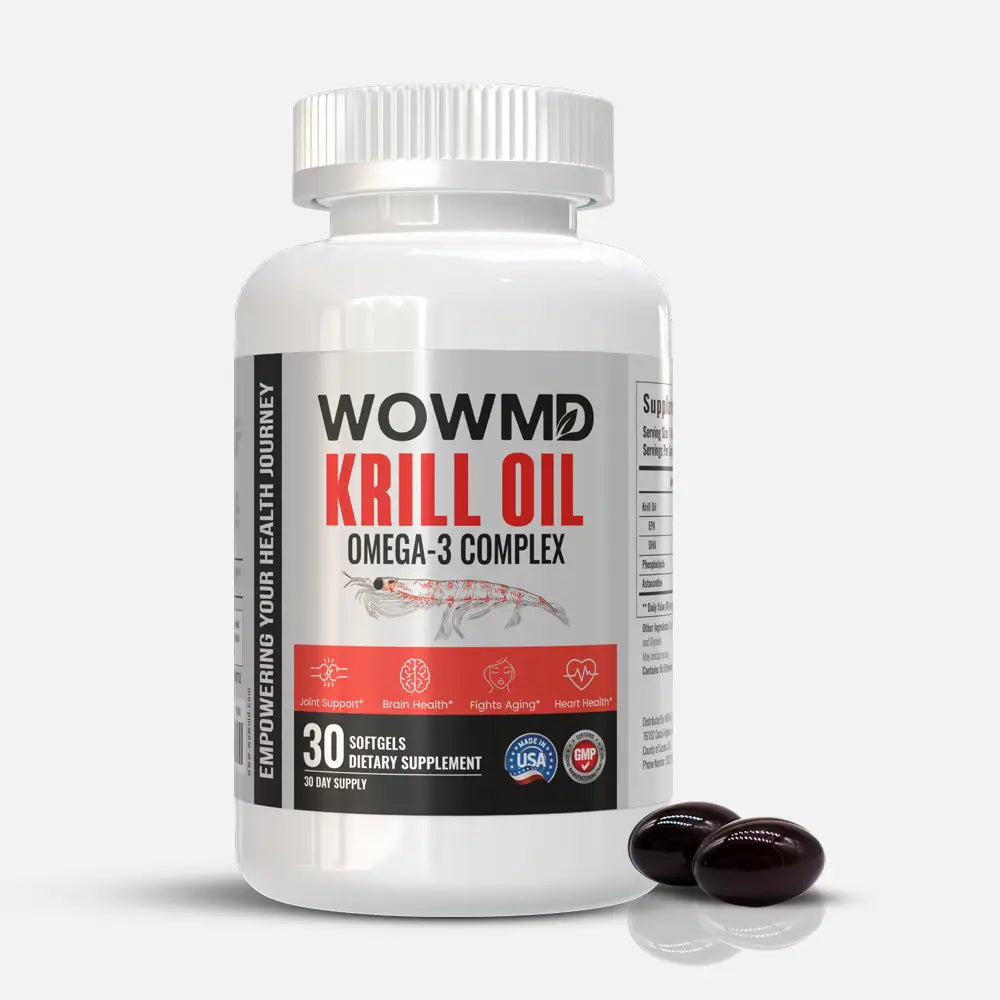
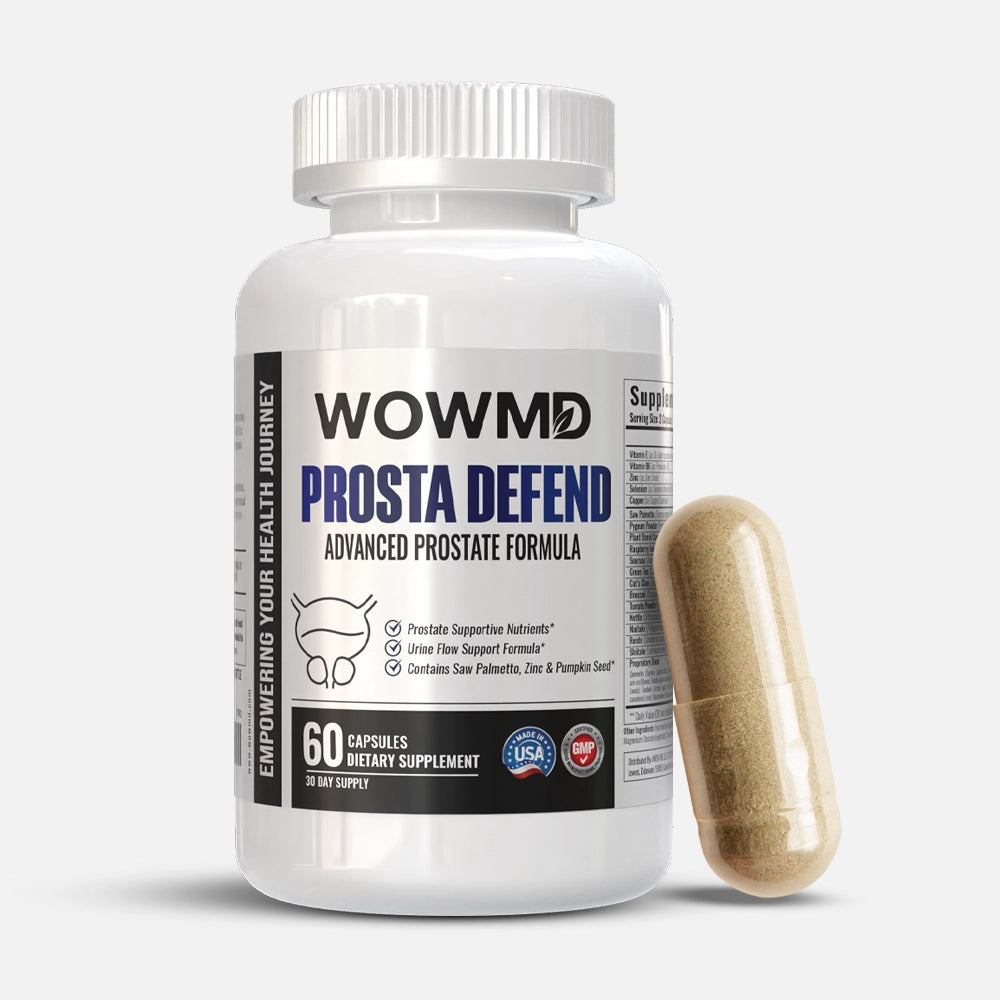

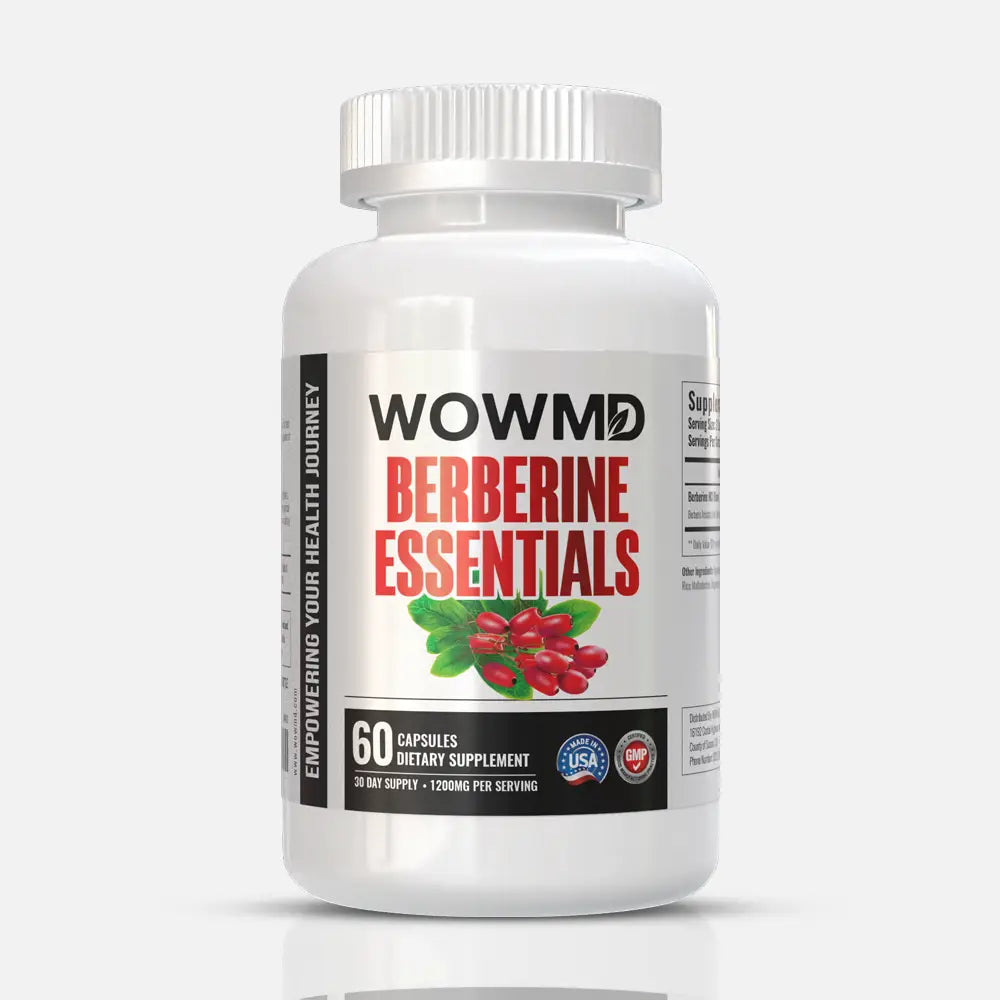
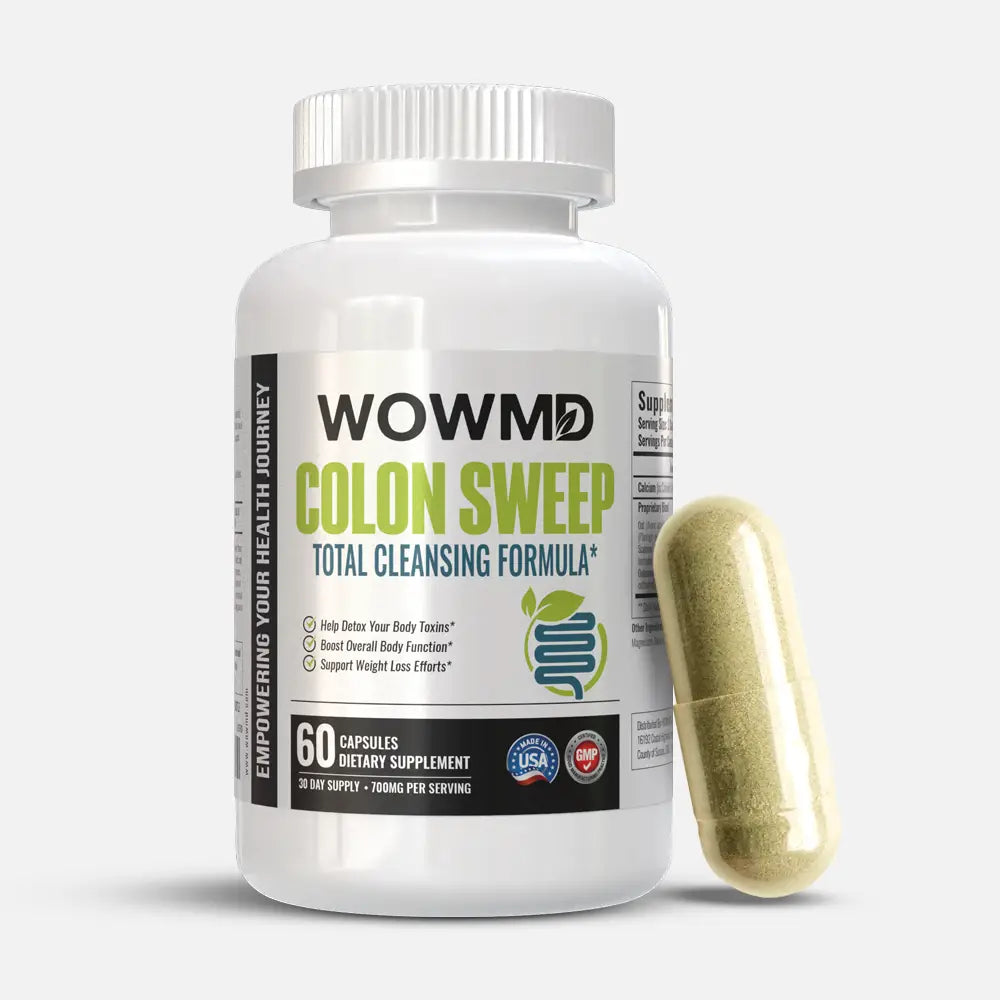
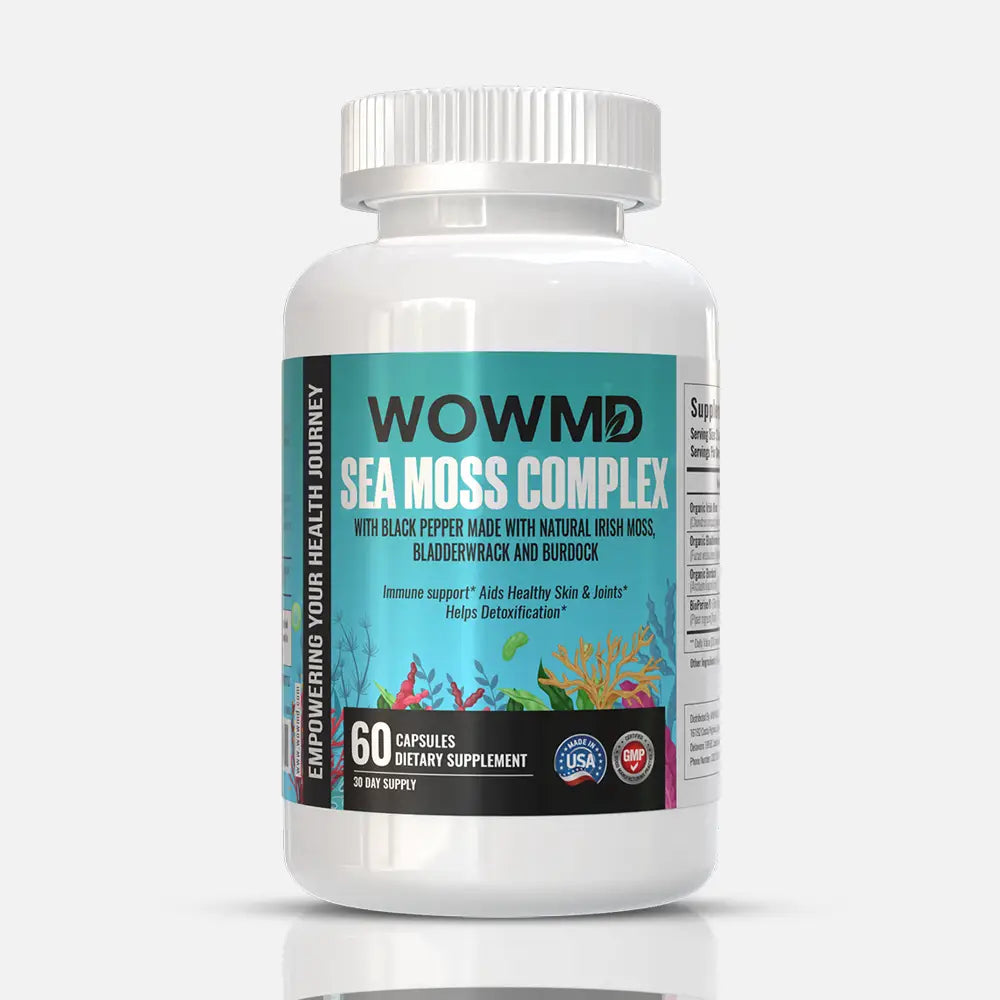

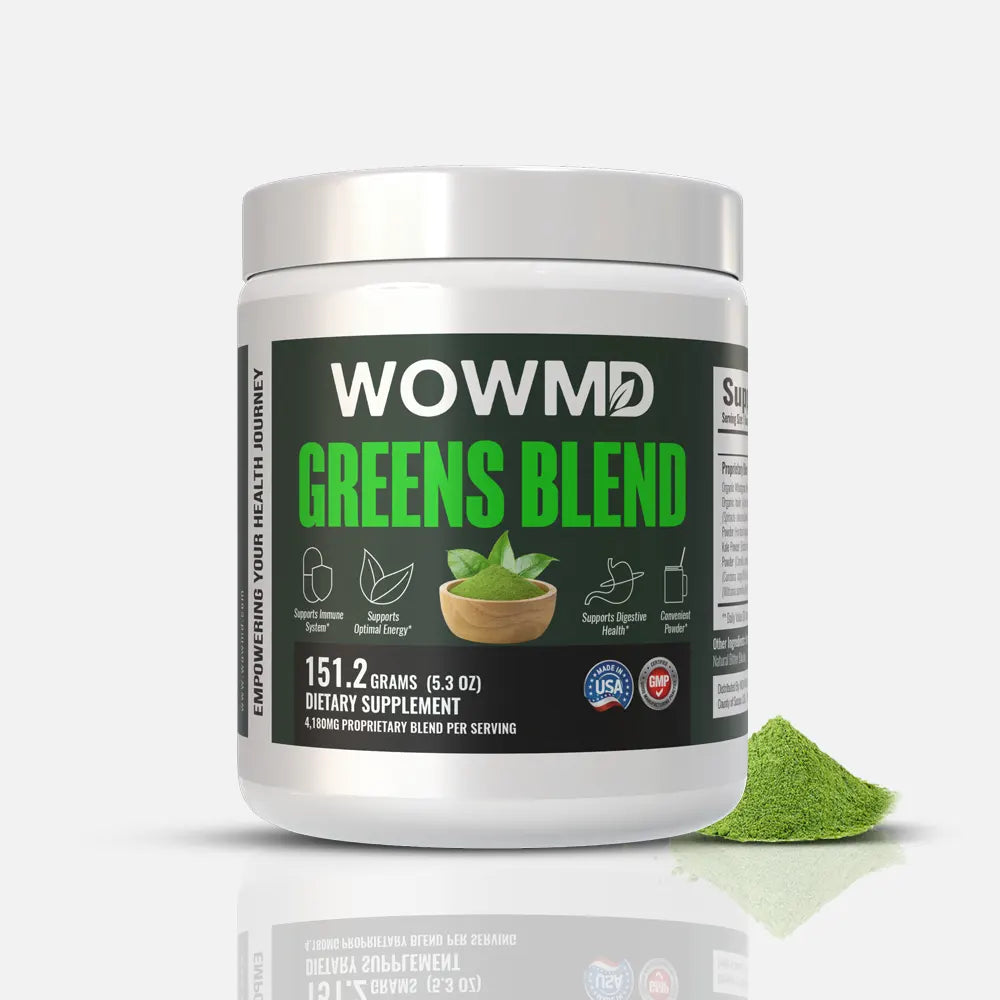
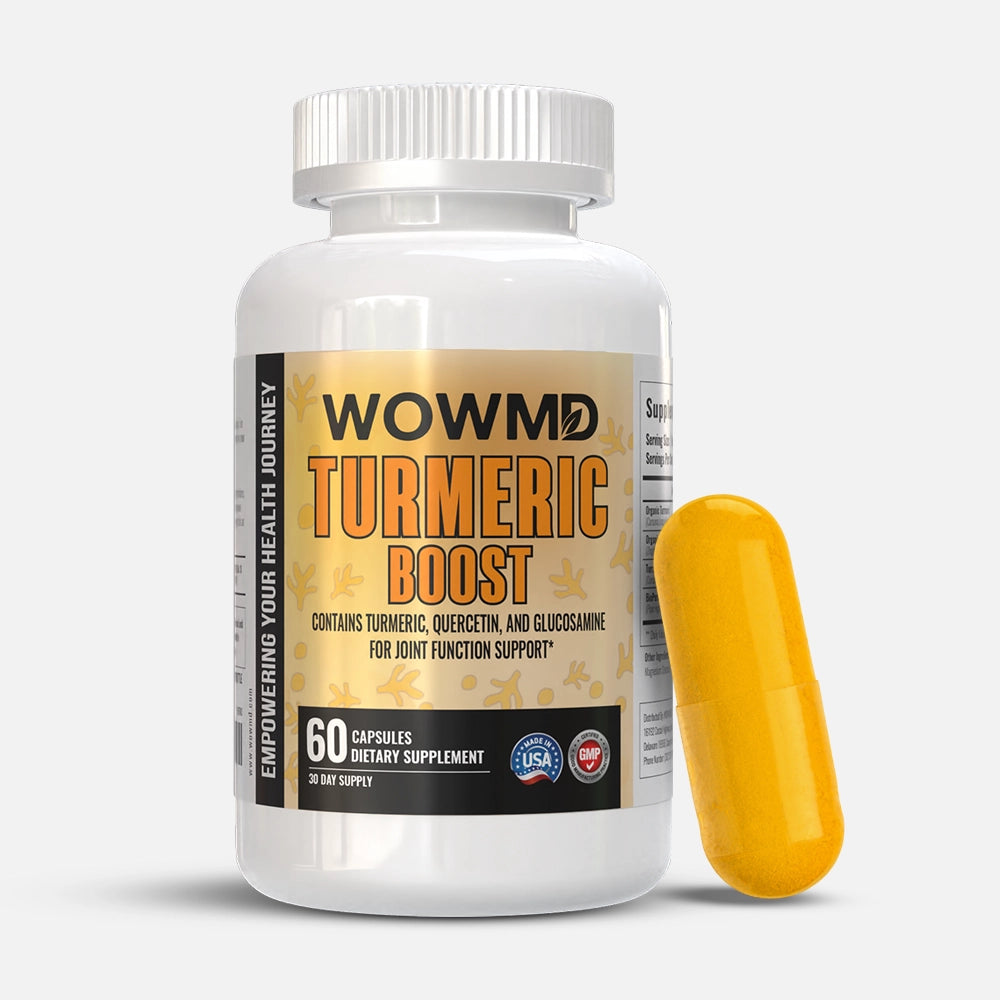

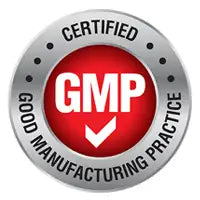


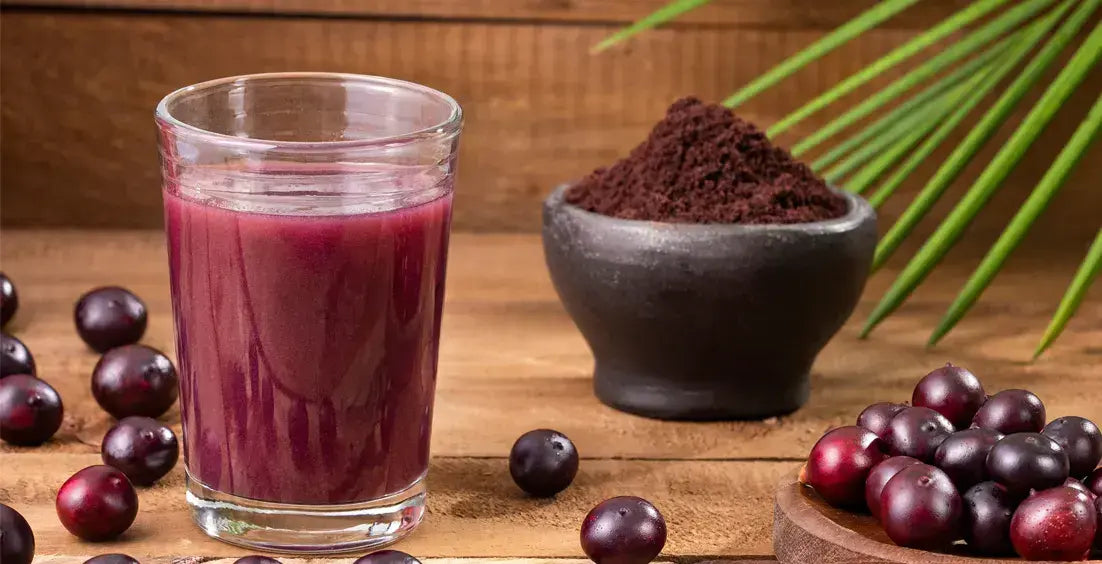

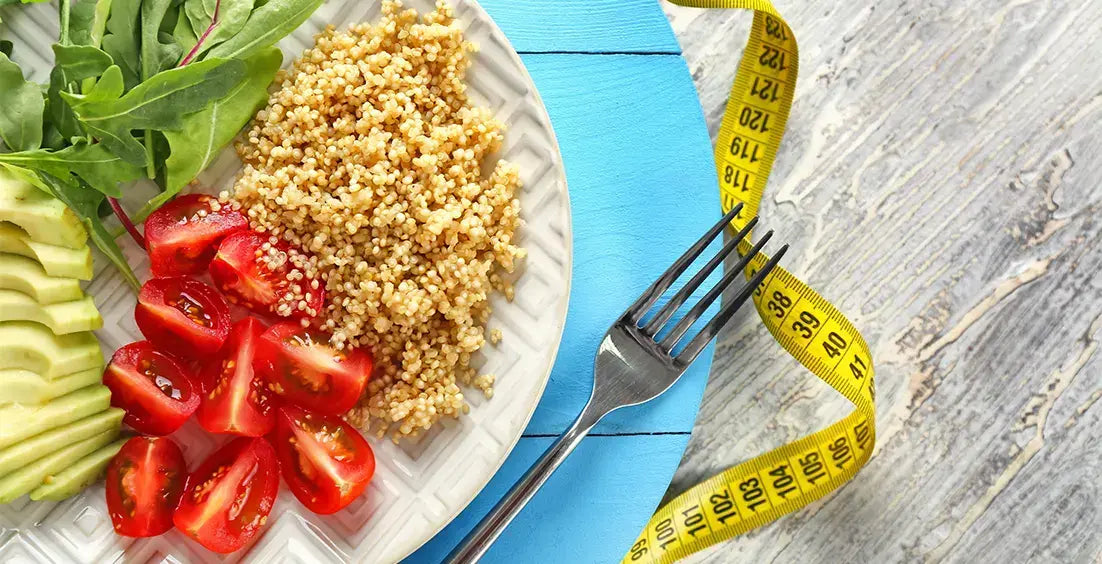


 By WOWMD Staff
By WOWMD Staff
